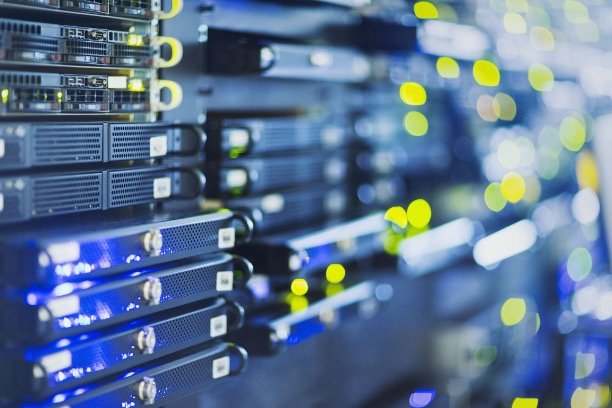



Example applications
-
Noisy products are a problem: they lead to customer dissatisfaction, a competitive disadvantage and complaints. Measuring the noise emission of products is sometimes described in specific noise test codes. For example, for information technology products, ECMA 74 and ISO 7779 outline the procedures to measure the noise at specific locations, typically the operator and bystander positions. if a test code does not exist for the product of interest, a custom procedure can be developed based on the basic underlying standards. These noise emission values can then be used in competitive assessments and noise declarations to inform consumers.
-
The power consumption of AI imposes high cooling demands for data centers. While data centers are typically not occupied by workers, acoustic noise levels are still important for service technicians and the design and correct application of hearing protection. With extensive experience in acoustic design and analysis for cooling solutions, we can help design and implement optimized solutions.
-
Compliance with environmental noise regulations and local ordinances is critical for many businesses and communities. The sound pressure levels at representative locations under typical operating conditions can be measured using sound level meters and standardized procedures and metrics. However, not only outside noise levels are important, but also the acoustic levels inside buildings, factories and spaces. They need to meet criteria for worker safety to avoid hearing loss, alarms need to be audible, and the levels need to be low enough to enable clear communication between workers and not impact productivity. Finally, sensitive equipment such as electron microscopes are impacted by high noise levels. Measurements can determine compliance with specifications, and design recommendations are made to reduce the noise levels around the equipment.
-
Sensitive equipment, such as microscopes, are impacted by vibrations in the environment. Often times they are installed using passive and/or active vibration isolation elements. In order for the equipment to function properly, some device manufacturers require environmental specifications to be met for vibration levels on factory floors. However, sometimes these specifications can be ambiguous or non existing. We can help characterize these levels, develop specifications, and identify the sources of vibration that impact the performance of such sensitive equipment. Coherence and frequency response measurements can help identify and mitigate sources and resonances. In addition, the vibration isolation of the passive and active elements can be quantified using a multi channel vibration measurement.
-
A lot of acoustic noise can be generated by a small energy source. Or as someone put it: “you have to talk your whole life to bake an egg” in terms of energy. If you have a noise or vibration issue, we can help root cause the source(s) and recommend mitigation techniques. For example, we have extensive experience with noise from fans due to operating point changes, obstructions or inlet conditions, electronic noise, and the measurement of structural vibrations and resonances. Sometimes the actual source of the vibrations is not the element that radiates significant noise due to its small size. The source will transmit the vibrations to other parts of the structure with larger surface area, which then will radiate the sound. Our advanced measurement and analysis techniques can help identify and mitigate such problems.